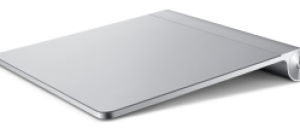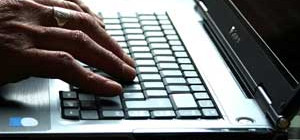 Over the years, advances in technology have enabled doctors to provide more thorough care for their patients. In addition to scientists and researchers developing cures for a good deal of diseases that were seen as terminal, such as polio and smallpox, technology has allowed hospitals to provide more efficient care as well.
Over the years, advances in technology have enabled doctors to provide more thorough care for their patients. In addition to scientists and researchers developing cures for a good deal of diseases that were seen as terminal, such as polio and smallpox, technology has allowed hospitals to provide more efficient care as well.
Then and Now
Beginning in the 1960s, large hospitals used giant computers in order to process data and run calculations. Since then, advances in computers have allowed doctors to link patients together in a way that makes it easier to detect changes in conditions so that an immediate response can be made. For example, a patient that is hooked up to a machine in their room is part of a larger network. If their vital signs begin to fluctuate, doctors will know at once and can provide faster assistance.
As hospitals look for an even more efficient way to treat their patients, touchscreen devices have begun to replace their traditional monitor and keyboard counterparts. This helps doctors in a multitude of ways. First of all, touchscreen technology takes up less space than traditional computers.
Touchscreen devices run on the latest processors, giving doctors and researchers the power and speed they need to quickly input patient information and get results for tests without having to wait. Patients benefit because they get the quick responses they desire and are confident knowing that with top-of-the-line technology, their doctors are invested in providing the best care possible.
From touchscreen computers at a registration desk to the units in each exam room, a hospital can find a use for the technology in a variety of applications. The ability to use mobile workstations throughout the facility makes touchscreens all the more attractive for a hospital.
Keeping Clean
While touchscreen devices are great for portability, convenience and speed, it is also important to remember that they will be used in a setting where the threat of germs spreading is always a top priority. As such, hospital staff and doctors need to be mindful that keeping their touchscreens sterile and clean will help in these efforts.
It is best to check with the touchscreen manufacturer to learn how to best keep your devices clean and germ-free while in use. This includes wiping down the unit itself to keep it from collecting dust, as well as keeping the screen free of smudges so that you can both see what you are working on and reduce germs.
To clean the actual screen portion of your device, use a microfiber cloth and clean in small circles. This helps you get rid of smudges and other dirt without scratching the surface of the touchscreen. It will help the screen look great and keep it usable for future use. While using spray cleaners may seem like a good idea they can actually harm your device, so it is important to keep chemicals away from your touchscreen unless the manufacturer specifically says to use them.
Moving Forward
Overall, the invention of the medical touchscreen will go a long way toward helping improve the level of care in hospitals worldwide. With more medical applications being developed, the need for mobility and efficiency will likely push more hospitals toward adopting this technology in order to provide the service and treatment that patients expect. How are doctors in your hospital using touchscreens?
Written by the Technical Consultant Team at Onyx Healthcare.







